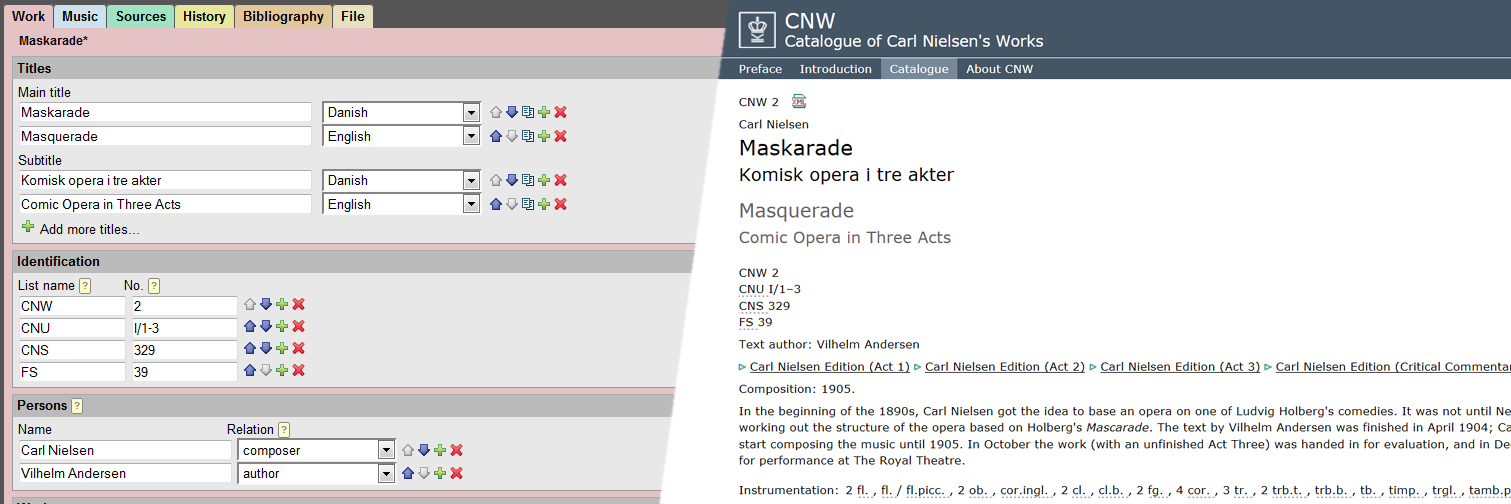
Text encoding initiative guidelines license#
This license permits a wide range of uses, as long as attribution is preserved, including the following: For further information or clarification, please contact the TEI Consortium: info AT.
Text encoding initiative guidelines software#
The BSD-2 licence is generally appropriate for usage of TEI content in a software environment. The CC+BY licence is generally appropriate for usages which treat TEI content as data or documentation. Hence it is made available under both the CC+BY and BSD-2 licences. You may choose the license that is most appropriate for the use you intend to make of the TEI material. Guidelines for Electronic Text Encoding and InterchangeĬopyright in most TEI Consortium materials, including the TEI Guidelines, is held by the Text Encoding Initiative Consortium, and these materials are made available under the terms and conditions of bothĬreative Commons Attribution 3.0 Unported License and a BSD 2-Clause license.

To cite a chapter or section using bibl: “Floating Texts.” Guidelines for Electronic Text Encoding and Interchange. To cite a particular release’s chapter or section, abbreviated version: To cite a chapter or section, abbreviated version: “4.3.2 Floating Texts.” TEI P5: Guidelines for Electronic Text Encoding and Interchange.

To cite a chapter or section, long (preferred) version: Guidelines for Electronic Text Encoding and Interchange. To cite P5 in its entirety, abbreviated version: TEI P5: Guidelines for Electronic Text Encoding and Interchange. To cite P5 in its entirety, long (preferred) version The date of access is the date on which the author of the citation accessed the page in question. The last modified date is the date on which the Guidelines were last updated and can also be found on the title page for the Guidelines this includes any change that affects the text or substance of the Guidelines. P5, version 1.0), and can be found on the title page for the TEI Guidelines. The version number indicates the major release and version (e.g.

(All previous versions can be recovered from the repository maintained at the TEI SourceForge site.) For purposes where a stable reference to specific words is crucial, citing the print version (if any) may be preferable, with the recognition that it may be out of date with respect to the most current online release.īelow are the recommended forms of citation for the TEI Guidelines and its component parts, following the recommendations of the Columbia Guide to Online Style. Using the version numbers and (if necessary) the date of last update, you can indicate with some precision which state of the Guidelines is being cited however, casual readers may not be able to get access to the precise state you cite, if it has been superseded by newer releases. If the goal is to provide a reference to the most current version, the online version is preferable. For citation purposes, the question of which version to cite will depend on the purpose of the citation. A print version of the Guidelines may also be produced, but typically only one print version will be published for each major release of the Guidelines (P3, P4, P5, and so forth). The canonical release of the TEI Guidelines is the version found at the TEI web site, which is kept up to date as new versions are released.


 0 kommentar(er)
0 kommentar(er)
